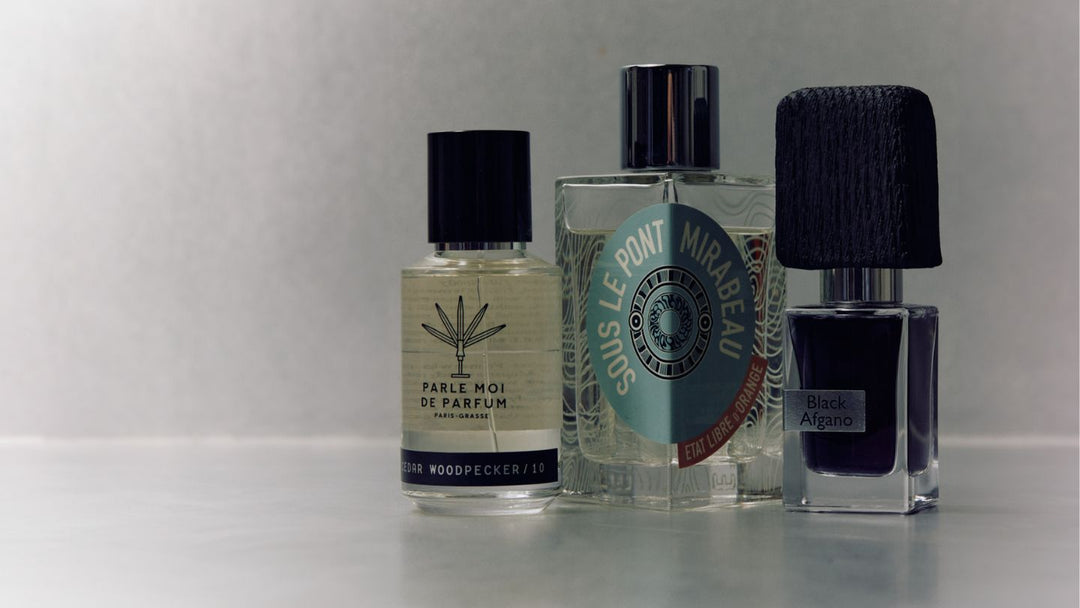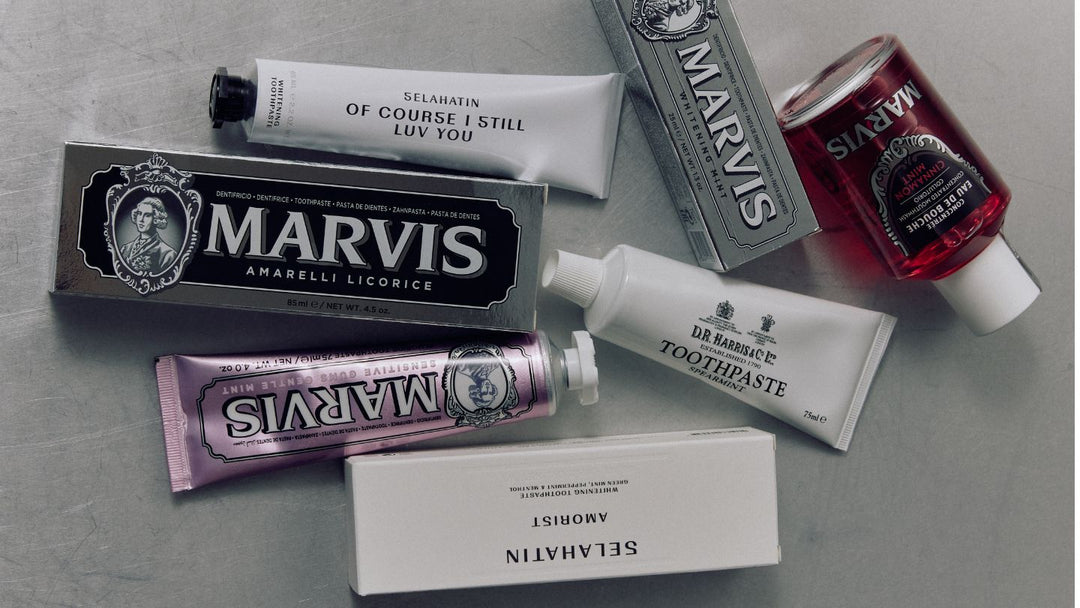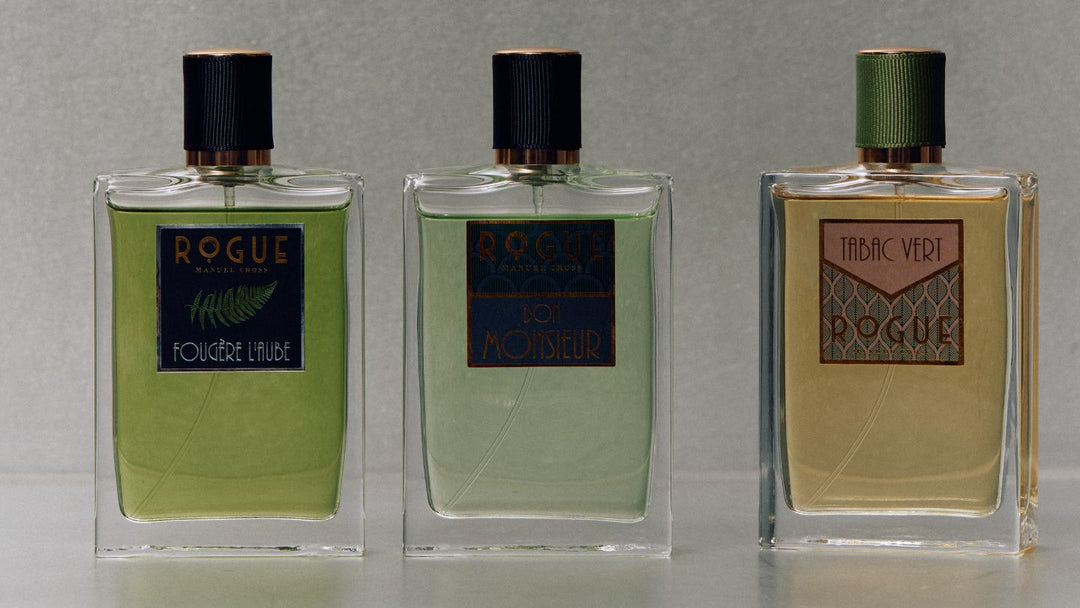Get Even: A Guide to Dark Spots, Hyperpigmentation, and Good Skin Tone
For most of us, even skin is the primary goal of our routines. Our skin is the organ that exposes us to the world, rendering it susceptible to many influences. It is the barrier between our inner selves and the external environment, and begins to reflect this relationship in its appearance. Our skin tells us about who we are and what we do, and it is important that we respond to what it tells us.
A challenge for many is the appearance of dark spots, which can mar the canvas of our complexion. In this article, we take a close look at these dull and uneven patches, casting our attention to its causes and triggers, as well as the essential forms of prevention and treatment.

What are Dark Spots?
Dark spots, also known as hyperpigmentation, are areas of the skin that appear darker than the surrounding skin due to an overproduction of melanin, the pigment responsible for skin colour. Hyperpigmentation can be caused by various factors. However, the primary cause of dark spots is due to prolonged and unprotected exposure to the sun's ultraviolet (UV) rays. UV radiation stimulates melanocytes (cells that produce melanin) to produce more pigment in an effort to protect the skin from further damage – and this we call sunspots. Additionally, inflammation from conditions like acne, eczema, or psoriasis – as well as injury, trauma and allergic or hypersensitivity reactions – can cause the skin to produce more melanin as part of the healing process. This is known as post-inflammatory hyperpigmentation, and can result in dark spots or patches in areas where the inflammation occurred.
Preventing Dark Spots
-
Sun Protection: Sun exposure is not only the primary cause of hyperpigmentation, but they can also exacerbate dark spots and make them more prominent. By regularly applying a broad-spectrum sunscreen, this creates a protective barrier which significantly reduces the amount of sun radiation affecting the skin. Less UV means less melanin production, also preventing the inflammation associated with sunburn.
-
Hands-off! Picking, squeezing, and scratching blemishes can lead to post-inflammatory hyperpigmentation. A hands-off approach helps prevent both inflammation and subsequent dark spots.
-
Using the Right Products: A compromised skin barrier, such as one irritated and sensitized by extensive acid use or retinol, is more prone to inflammation. Minimise equivalent trauma with the appropriate products (used at the appropriate time). For instance, a gentle cleanser both soothes and minimises the risk of irritation. And alternate actives – skin needs the chance to recover!
- Cleansing and Healing: To cleanse is to promote the skin barrier’s natural healing function, and a healthy skin barrier can get to work repairing the skin. Working away at blemishes minimises the chance of post-inflammatory hyperpigmentation. Equally, gentle exfoliation helps remove dead skin cells and promote similar cell turnover activity.
Treating Dark Spots
-
Vitamin C: When it comes to treating dark spots, vitamin C is in a league of its own. It inhibits the tyrosinase enzyme which produces melanin, this preventing the formation of dark spots. Moreover, vitamin C has a natural brightening effect, which can help fade existing dark spots. And if this wasn’t enough, its antioxidative action prevents further skin damage while promoting collagen production, leading to healthy and even looking skin.
Jack Black’s Brightening Booster is a potent vitamin C serum that contains THD Ascorbate at a 10% concentration. This is a highly stable form of vitamin C which effectively penetrates the skin, allowing it to get to work. When applied with a moisturiser and sunscreen during the day, it becomes an indefatigable skincare companion. A little goes a long way.
-
Niacinimide: Versatile and wonderful, amongst its many benefits, niacinamide (vitamin B3) pertinently helps fade hyperpigmentation by inhibiting the transfer of melanin to skin cells. Well-tolerated by most skin types, niacinamide refines the skin – improving skin texture and evening appearance. When applied to the skin, niacinamide gets to work and breaks down into useable co-enzymatic forms that protects and regenerates. At concentrations of 5% or more, this potent ingredient inhibits several chemical processes on the skin that cause discoloration. It’s extraordinary science, and can easily find its way in your routine with a moisturiser that includes the ingredient.
Jack Black’s Clean Break is a universal moisturiser: oil-free, lightweight, and restorative, it pairs niacinamide with white tea and sodium hyaluronate to purify aggravated skin, rapidly improving its appearance.
-
Retinol: Niacinamide is a highly agreeable ingredient, and pairs well with other actives to improve their respective efficacies. Stubborn dark spots require potent formulas in considered concentrations. Retinol, for instance, contributes to essential skin function and activity, encouraging the turnover of pigmented skin cells and promoting the growth of new, evenly pigmented cells. The impressive NS1 Anti-Aging Night Serum from Patricks employs 2% hydroxypinacolone retinoate, a derivative of retinoic acid – which is gentle on the skin whilst offering comparable benefits. Work NS1 slowly into your routine. Its combination of retinol, niacinamide, and many other functional actives is a veritable elixir to be used in the evening, followed with sun protection the next day.
-
Exfoliation: Incorporate exfoliation into your routine will help slough away dead skin cells and promote cell turnover. Face Buff from Jack Black was seemingly made for uneven skin tones, brimming with vitamin C in the form of ascorbic acid and liquorice root extract. A gentle physical exfoliant, these ingredients polish and clarify the skin, enlivening dull skin. Liquorice root is particularly noteworthy because, like vitamin C, it inhibits tyrosinase: the enzyme that causes pigmentation from sun exposure.
Chemical exfoliation, in the form of alpha hydroxy acids (AHAs) and/or beta hydroxy acids (BHAs) also help fade dark spots. There’s a gamut of potential acids on the market, but know that many cleansers often contain them in their ingredients list to promote a brightening, refining, and clarifying function. Opt for gentle acids to begin, such as azelaic, madelic, or lactic acids, which are the milder acids on the spectrum and can be used on a daily basis. Urth’s Daily Invigorating Face Wash leaves nothing to mystery - and its name tells you everything, making use of lactic acid for a deep and restorative clean.
A Final Word: Patience and Consistency
These products require patience and consistency, and although many of these products will boast instant results, refining the skin to an even texture and appearance takes time and diligence – generally several weeks of daily use. The skin will tell you how it feels by the way it responds to certain products, and it is generally a trusty measure. Work your way up to potent actives, sticking to what is adequate for your skin type and concerns – no more, no less.
Incorporating niacinamide into your routine is a great way to make a start for overall skin clarity, followed with occasional vitamin C usage for greater skin repair and upkeep. For more targeted concerns, use serums cleverly to ensure their potency. When starting out, we recommend sticking to one serum within a fairly gentle and consistent routine that begins with cleansing and concludes with moisturising. And as always, prevention far outweighs treatment – and on this basis we unfailingly recommend products with SPF. Consider the products you use during the day and at night, understanding that the more powerful products tend to be reserved for the nighttime.





